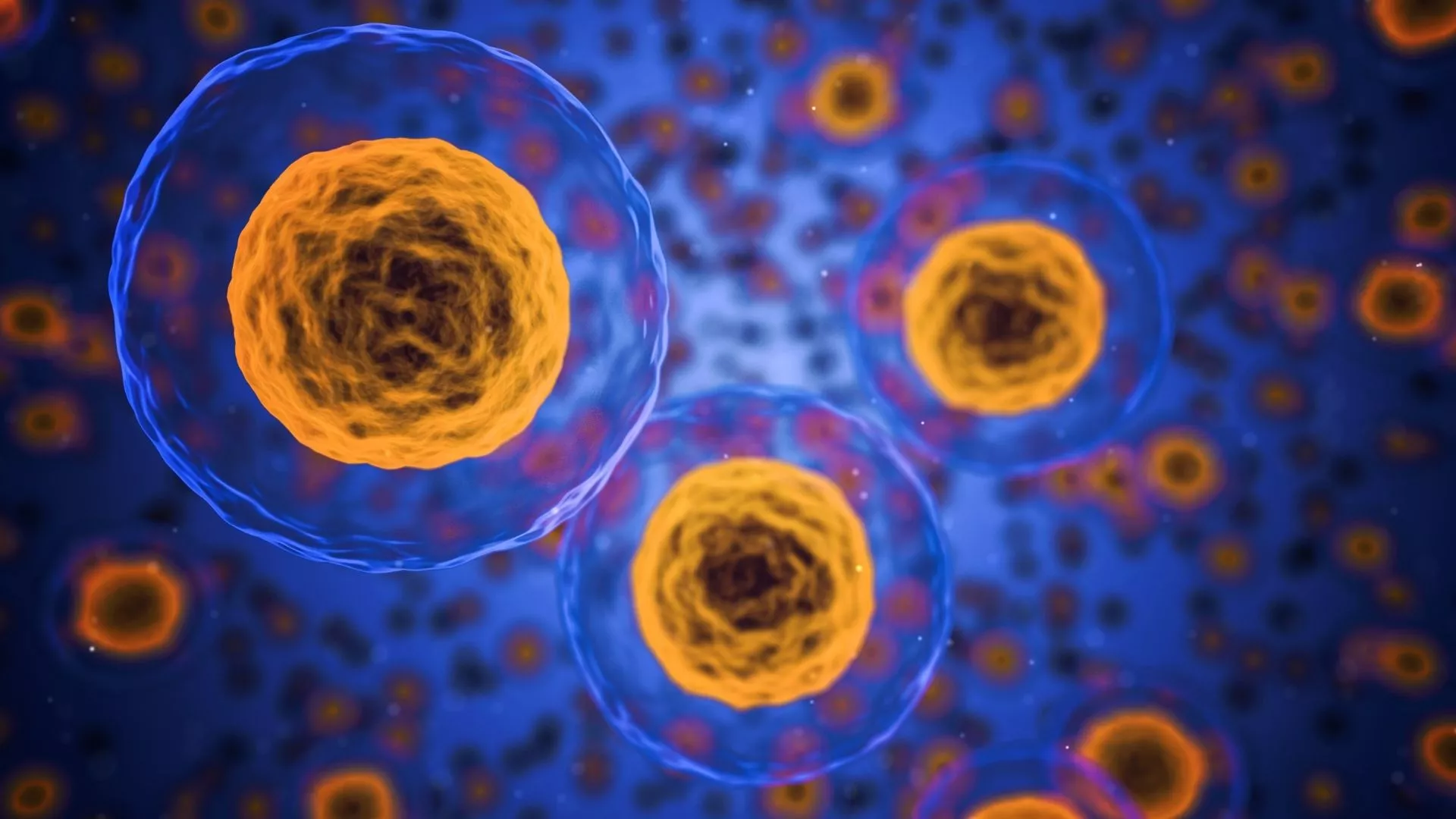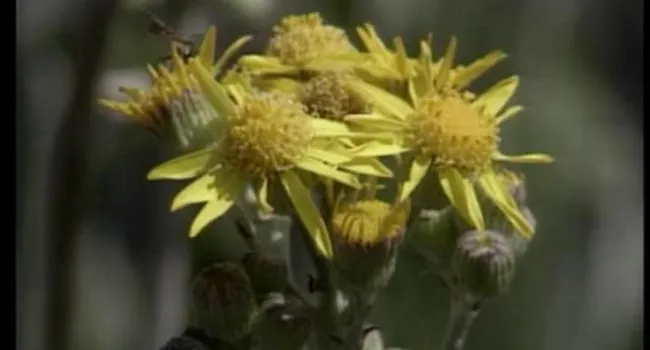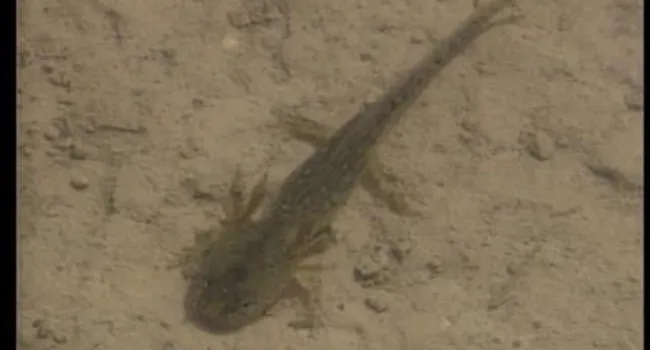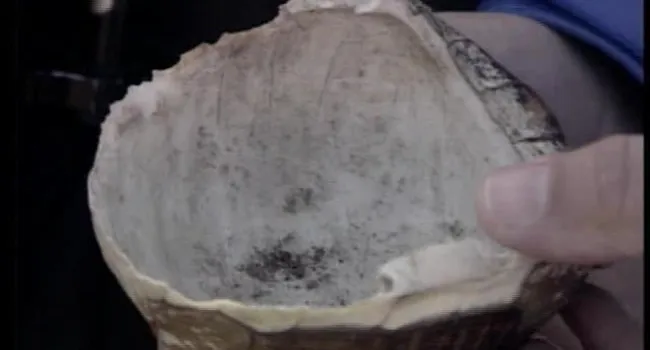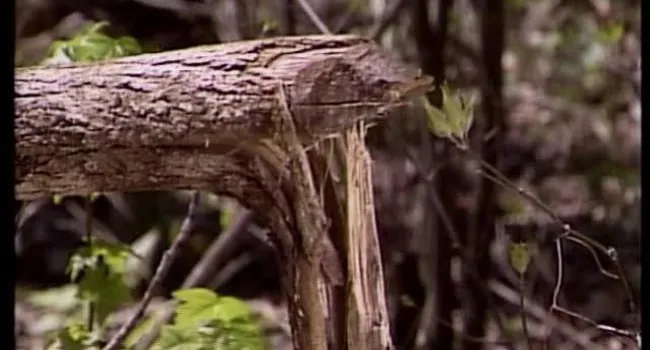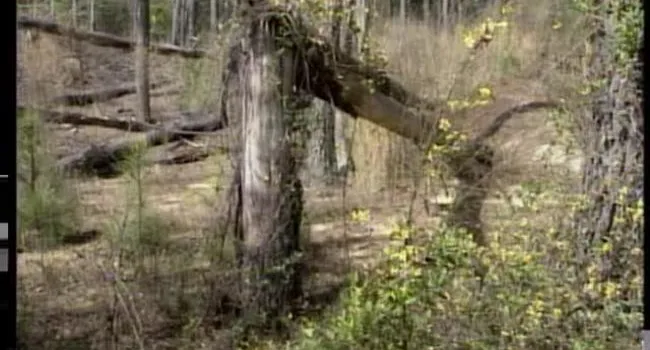
Forty Acre Rock (S.C.) Stop 1
Episode
3
Video
Damage from Hurricane Hugo, seen with some of the pine trees knocked over by high force winds, still remain. Yellow Jessamine and Japanese Honeysuckle plants can be seen growing over the damage left...